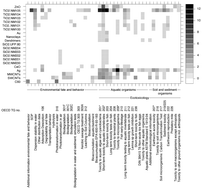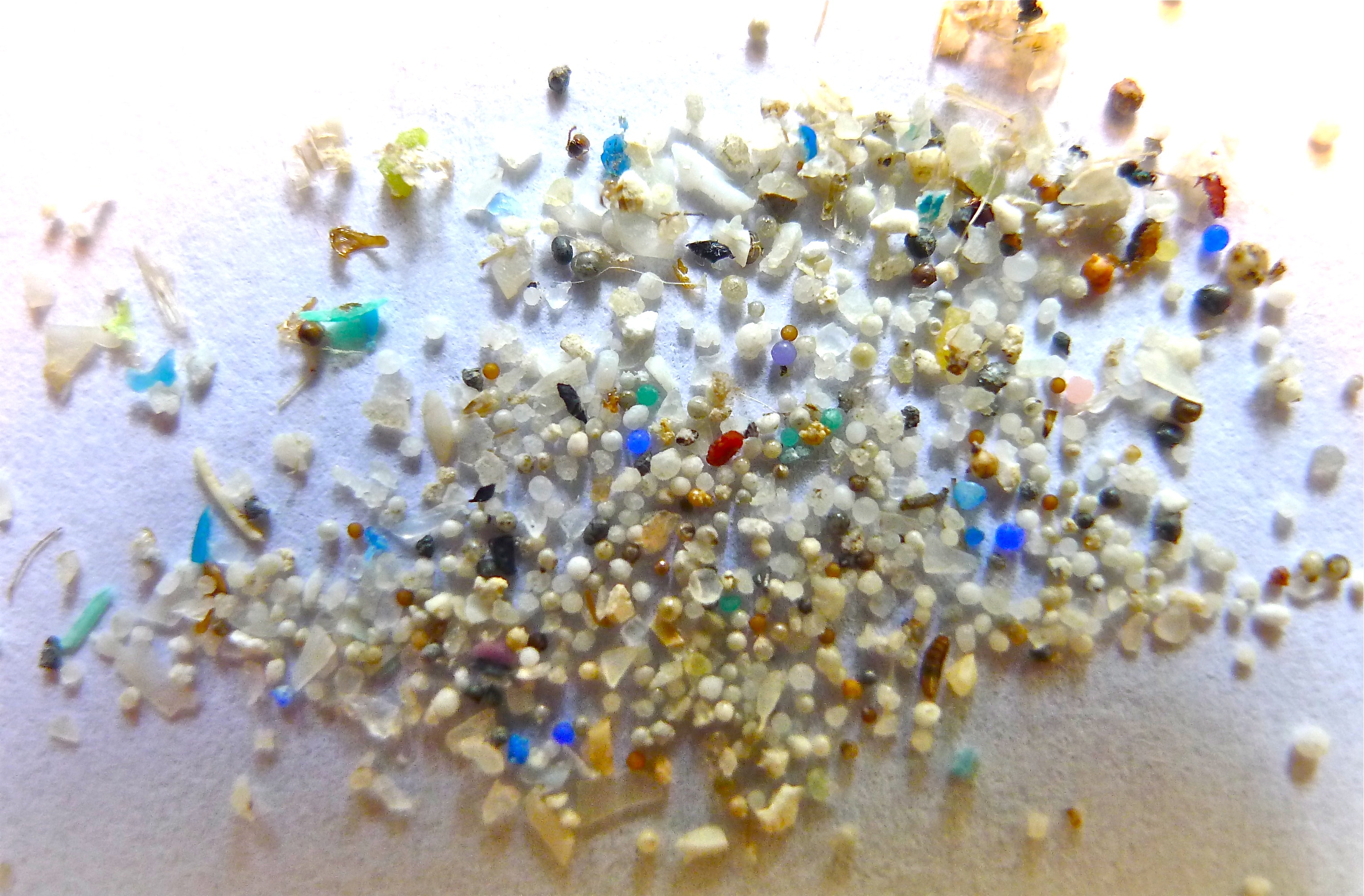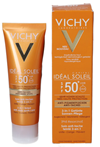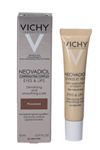Has the OECD failed the nanosafety-community?

In 2015, the OECD Working Party on Manufactured Nanomaterials published their long-awaited dossiers on selected nanomaterials.
The dossiers are the results of the OECD seven-year sponsorship testing programme for manufactured nanomaterials involving multiple OECD member state countries and industry. The findings, as set out by the OECD, have a substantial potential to influence national policy and risk assessment practices.
Originally, it was aimed to support measurement, toxicology and risk assessment of nanomaterials and the OECD has claimed that “…the public should feel confident that we now better know how to assess the safety of nanomaterials”.
An in-depth analysis by Danish and US researcher from DTU Environment and Arizona University of the published OECD dossiers with regards to data on physical and chemical properties, environmental fate and ecotoxicology raises serious questions about whether this is indeed true.
The study was led by Associate Professor, Steffen Foss Hansen and was published in Environmental Science: Nano. The authors conclude that the information in the dossiers present an incomplete portfolio of nanomaterial ecotoxicological evaluations that are difficult to draw substantive conclusions from and that most of the studies were not designed to investigate the validity of the OECD Test Guidelines.
This raises substantial questions about the overall success of the OECD seven-year sponsorship testing programme.
For more information, see http://pubs.rsc.org/en/Content/ArticleLanding/2016/EN/C6EN00465B#!divAbstract
and https://chemicalwatch.com/51877/oecd-has-not-shown-test-guidelines-are-suitable-for-nanomaterials
 English
English Danish
Danish









